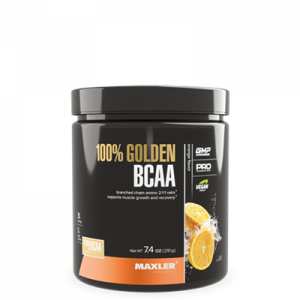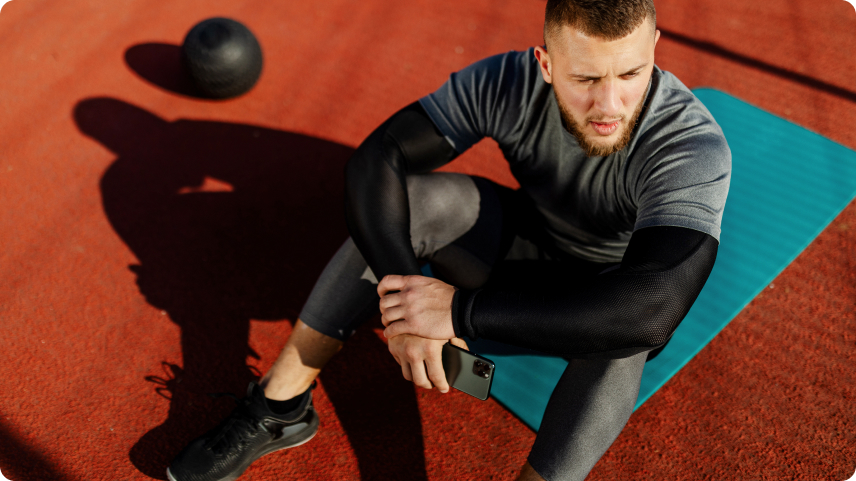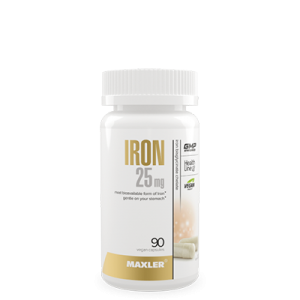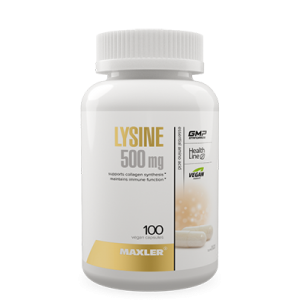Let’s face it – when exercising, injury prevention is usually the last thing on our minds. A painful knee or a pulled muscle is probably not what you picture for yourself when you set out on a workout. However, injuries are a real risk, whether you’re walking the treadmill, out cycling, or hitting the court to shoot some hoops.
The good thing is that by developing a few safety-oriented habits, you can easily decrease your risk of injury. And if you’re not 100% sure about something you’re doing, always consult a medical professional or a coach. So, how can you decrease your risk of injury while exercising?
Tip 1. Proper equipment
The first thing to keep in mind is your equipment. This can range from the things you use to play sports to the clothes and shoes you wear. Look after your equipment and replace it when it gets worn out. Invest in good-quality sports gear and shoes.
Tip 2. Learn the basics and ask if unsure
Proper technique is key for injury prevention. For example, deadlifts can put you at risk of injury if performed incorrectly, which is why it’s best to learn them with a trainer. Ask for help if you’re unsure how to do an exercise – there are going to be people at the gym or in your team who will happily show you the right technique. Also, pay attention to your range of motion.
Tip 3. Holistic approaches to exercise
When designing an exercise plan, it’s important to switch things up and train the whole body, to ensure you’re not overusing one part. Additionally, don’t neglect flexibility, balance, and mobility training, as they can support your technique and lower the risk of injury1.
Tip 4. Warm your body and cool down
Do you tend to skip your warmups or have a non-existent cool-down? It might increase your risk of injury. Warming up allows you to loosen joints and stimulate blood flow to muscles, as well as raise your body temperature. Choose dynamic exercises that target your whole body, and if you play a sport, do some sport-specific drills. Cool down allows you to come back to a resting heart rate and helps get rid of waste products in the muscles, like lactic acid. During cool down, be gentle on your body2.
Tip 5. Hydration and nutrition
Stay hydrated when you’re doing sports. Take water in regularly, as that helps your body do work correctly and lowers the risk of injury3. Electrolyte drinks can be helpful as well.
Nutritional strategies can also support injury prevention. For example, adequate protein intake can help in speeding up muscle healing after exercise, while bone-beneficial nutrients like iron can support normal bone processes4. Try Maxler Iron 25 mg to support bone health and keep you on the move.
If you’ve found yourself injured, you can help your body repair the damage by adding Maxler Lysine 500 mg to your routine. This amino acid helps make collagen, supporting wound healing5.

100% Golden BCAA
Tip 6. Rest and recover properly
Rest is key for preventing injury, as it allows the body to recuperate from the workouts. Don’t force yourself to exercise if you’re tired or feeling pain in the body6. Proper recovery strategies can help you come back to working out faster.
For recovery tips, check out our blog post on DOMS and how to address them, or our top 3 recovery techniques.
Tip 7. Stay flexible and adjust your workouts if you need to
Your body is your biggest helper in preventing injury. If you’re feeling discomfort or pain, pay attention to those feelings, as they can be a signal that continuing what you’re doing can lead to injury. Ask for help or consult a doctor should you experience these. But also, feel free to change things up – a particular exercise might not work for you due to certain circumstances, such as age. Remember that exercise is meant to work for you, so don’t fear looking for modifications to exercises that allow you to do them properly and enjoy them.
Exercise should be a fun and exciting part of your routine, one that you can look forward to without any hesitation about your safety. These simple tips can help you make exercise a safer undertaking. If you’re looking for more exercise tips, check out our Knowledge Center, where you can find great information on exercises, sports performance, and nutrition, to help you reach your goals!










